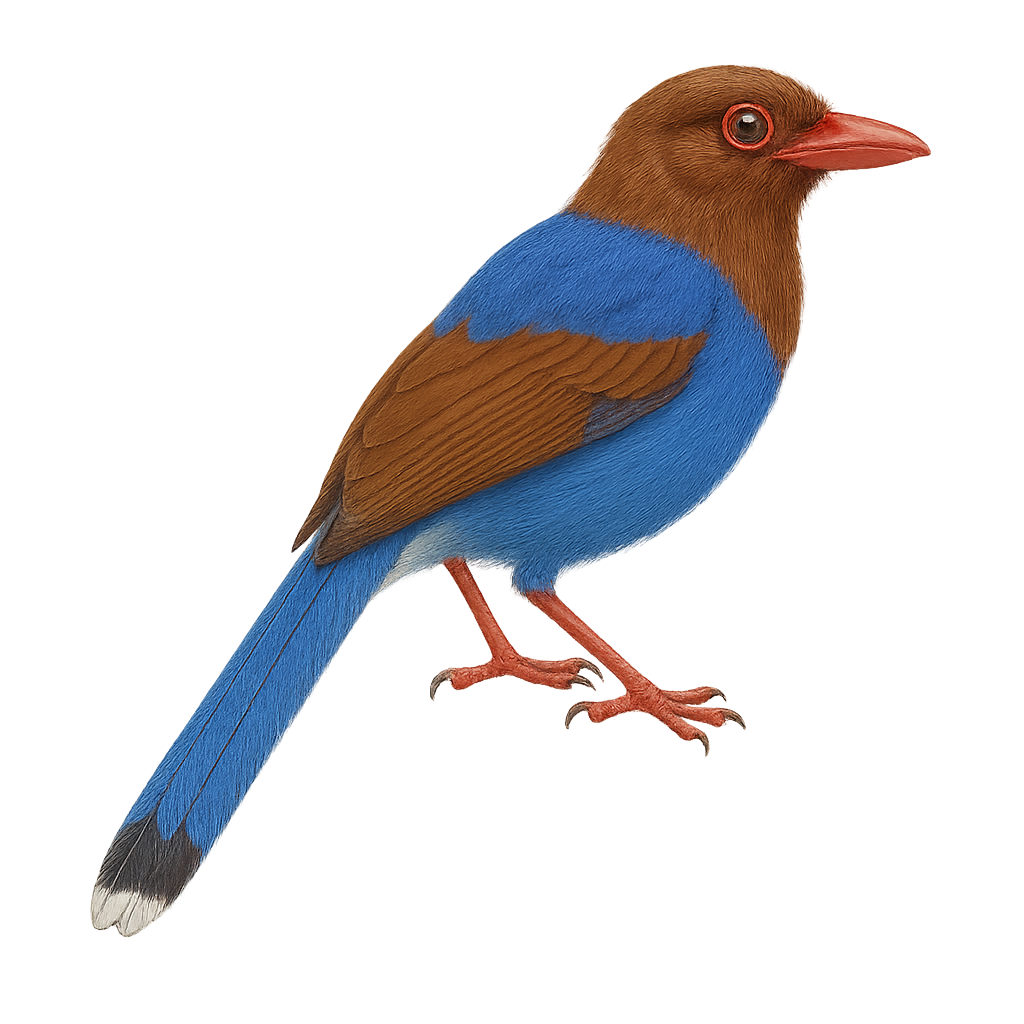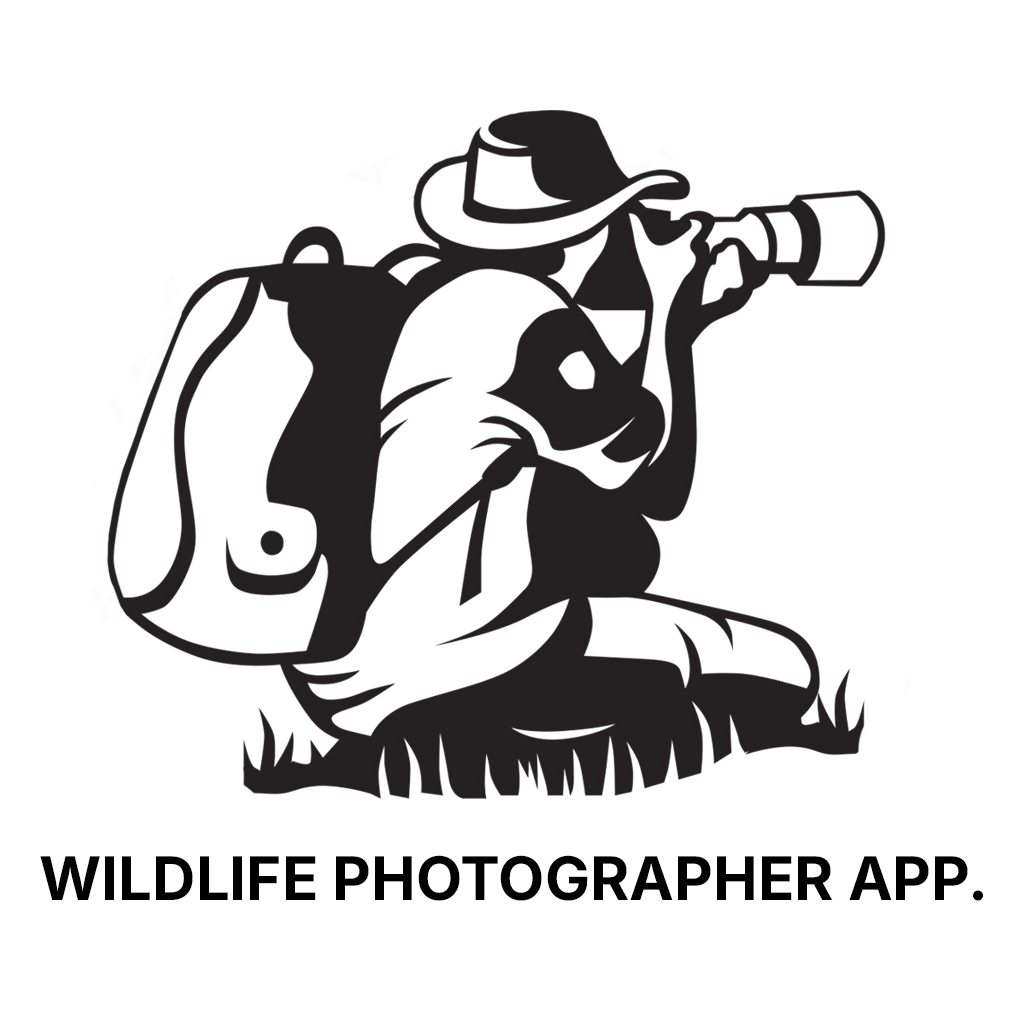Your wildlife photography guide.
Explore the sri lanka blue magpie in detail, study its behavior, prepare your shots.
Where to observe and photograph the sri lanka blue magpie in the wild
Learn where and when to spot the sri lanka blue magpie in the wild, how to identify the species based on distinctive features, and what natural environments it inhabits. The WildlifePhotographer app offers tailored photography tips that reflect the sri lanka blue magpie’s behavior, helping you capture better wildlife images. Explore the full species profile for key information including description, habitat, active periods, and approach techniques.
Sri Lanka Blue Magpie
Scientific name: Urocissa ornata

IUCN Status: Vulnerable
Family: CORVIDAE
Group: Birds
Sensitivity to human approach: Suspicious
Minimum approach distance: 10 m
Courtship display: February to March
Incubation: 17-19 jours
Hatchings: February to April
Habitat:
Rainforests, secondary forests, mountains
Activity period :
Primarily active during the day, with peak activity in the morning and late afternoon.
Identification and description:
The Sri Lanka Blue Magpie, Urocissa ornata, is an endemic bird of Sri Lanka, known for its striking blue plumage and long tail. It features a chestnut-brown head and neck, contrasting with its vivid blue body. Its red eyes and bright orange beak add to its striking appearance. It primarily inhabits montane rainforests, feeding on fruits, insects, and small vertebrates. Sociable in nature, it lives in family groups and is known for its varied vocalizations. Although its habitat is limited, it adapts well to secondary forests. However, deforestation poses a threat to its population, classified as vulnerable by the IUCN.
Recommended lens:
400 mm – adjust based on distance, desired framing (portrait or habitat), and approach conditions.
Photography tips:
To photograph the Sri Lanka Blue Magpie, focus on rainforests where it is most active. Use a 400mm or longer telephoto lens to capture details without disturbing the bird. Be patient and discreet, as it is suspicious. The best times for photography are early morning or late afternoon when the light is soft. Bring a tripod to stabilize your camera and adjust your settings for low-light conditions.
The WildlifePhotographer App is coming soon!
Be the first to explore the best nature spots, track rutting seasons, log your observations, and observe more wildlife.
Already 1 430 wildlife lovers subscribed worldwide

